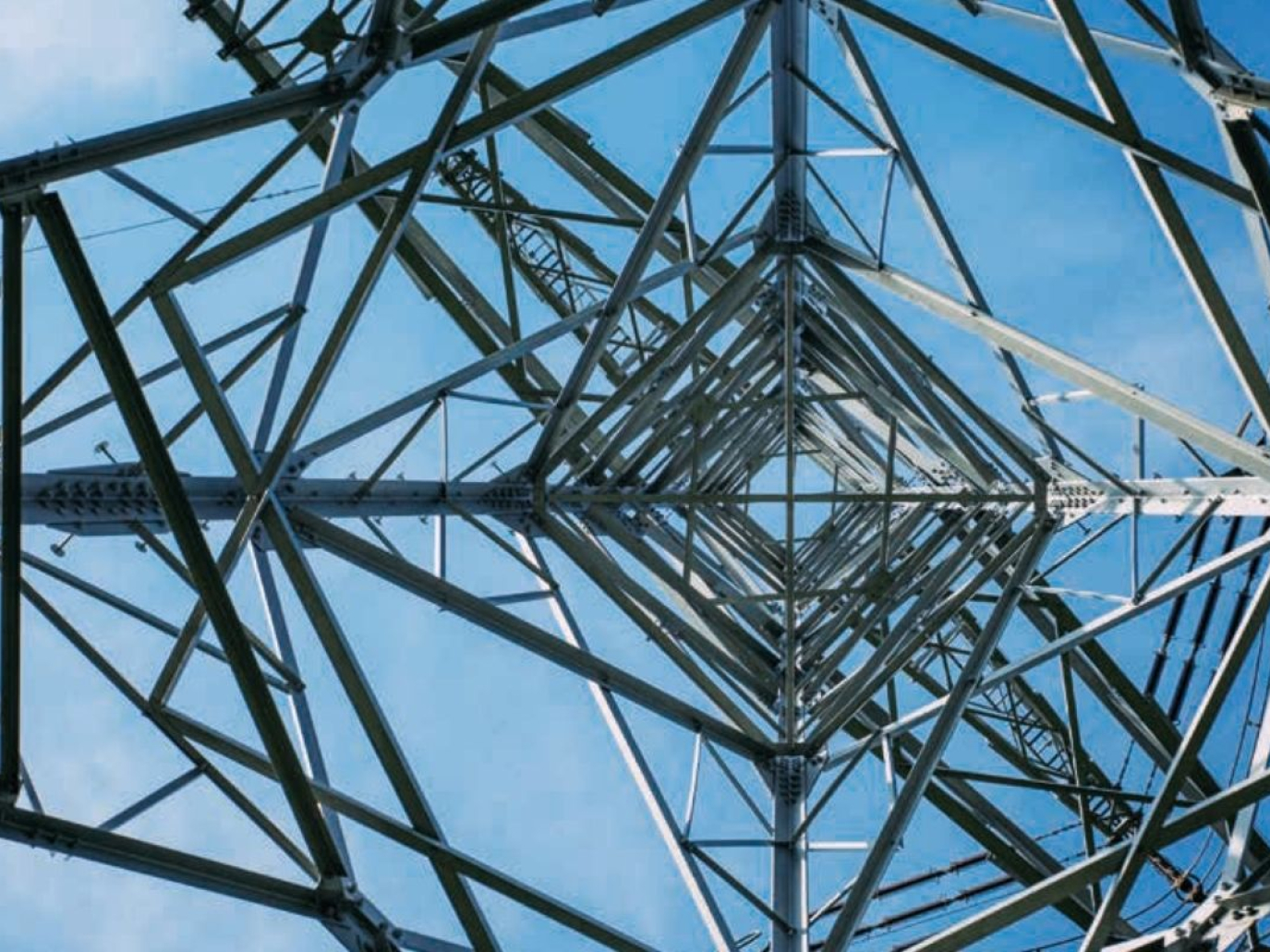The Alliance for the circular economy, joined by Enel and 16 other Italian iconic companies, presented a paper to steer transition towards the circular economy with huge advantages for the climate, employment and competitiveness.
The second life of old Enel’s power plants
The circular economy is the driving force behind innovation. Italy can become a one-of-a-kind laboratory for the development of circular business models in the world. Enel knows it all too well as one of the leading international operators and it is helping the transformation of the utilities sector, basing its own strategy on renewables and technological innovation.
“Second life” is the key expression for Enel’s projects, starting from reusing old plants. With this aim, Enel created a company for the reconversion of unused areas in Italy, in the vicinity of strategic locations such as harbours, airports and freight terminals. In their second life, these will serve as customs warehouses for container stocking and maintenance, distribution and sorting and possibly in situ goods transformation. It is a virtuous example of innovative production cycle rethinking, resource optimisation and a source of new jobs. Furthermore, it represents a saving of millions of euros in customs duties for Italy. The two pilot sites – the areas of “Eugenio Montale” power plant in La Spezia and Marzocco power plant in Livorno – could be already operational starting from early 2021.
Support for the supply chain
The new “Supplier Development Program” became a sensation and it was created to support the supplying company chain and to equip it with the necessary tools for financial, management growth and geographic expansion. It started in Italy and it will be extended to other countries where the group operates. Besides sharing the sustainability requirements with its own partners, Enel offers its competence while providing useful services from management training to innovation strategies, the circular economy and internationalisation, up to financial support, which is key in this phase of liquidity crunch.
The Alliance for the Circular Economy
Enel’s green choice entails a paradigm shift of production systems and the involvement of the whole value chain. Such milestones in 2017 led to the formation of an Alliance for the circular economy with Italian companies leading in various production sectors. As a promoter of such Alliance, Enel signed a manifesto with seven iconic Made in Italy companies. To date, 17 companies have joined the Alliance.
News of the website launch arrives whilst the Alliance presents the new Position Paper for the circular economy where it outlines a Road Map for Italy. A journey where competence contamination and interconnections help sharing experiences, the creation of synergies while overcoming divides between industrial sectors and promoting a dialogue not only amongst its own members, but also with startups, citizens, institutions, local governments, universities, research centres and the third sector.
A Position Paper for the Circular Economy
2020 Position Paper data speak volumes. The circular economy’s potential would lead to the creation of 700,000 new jobs in the European Union over the next decade, to a concurrent 10% saving of raw material purchase and to a 17% drop in CO2 emission with investments that could exceed €350 billion over the next five years.
The linear economic model “take/make/waste” tends to favour automation while slashing jobs and leading to resource exploitation, with more waste and ensuing costs while the circular model aims at keeping the value of goods and materials. A model that is actually based on services, on extensive maintenance and value recovery where labour is crucial.
The concept of waste will necessarily have to be redefined. Current laws on the End of Waste are based on the notion that waste no longer contains any value components. In Italy, every year, 30 million tonnes of urban waste and 153 million tonnes of special waste are produced. Waste management is worth about €28 billion and contributes about 0.5% of national added value. In 2016, Italy recycled 68% of total waste (as against 57% of European average). Since the Italian industrial sector is based on high-end and luxury goods, our products are more durable. This is why the resource productivity index (€3.6 euro of GDP per kilo of used matter) ranks us second after the United Kingdom and the Netherlands, while we are ranking first for the lowest consumption matter per capita (8.1 tonnes per year).
The Alliance introduces both five macro targets – effective governance, regulatory streamlining, sustainable innovation, KPI (key performance indicators) evaluation and awareness campaigns – and the appropriate national and local strategies to be implemented in specific time spans. So, the Alliance’s three flagships focus on a national strategy including goals and a timescale for regulatory recommendations, the identification of dedicated financial resources and mobilisation of private capital. Also, new impetus to the national action Plan on green public procurement is already on the cards, which should be expedited in the development and implementation of Minimum Environmental Criteria (MEC). When fully implemented it could become mandatory and reward the most virtuous administrations. The third proposal focuses on tax revision with the introduction of measures supporting sustainable and circular consumption.
Cities and local areas play an important role in the implementation of new models. A circular city results in a new vision where new technologies – included in a holistic vision pursuing goals of economic competitiveness, environmental sustainability and social inclusion – become a wellbeing tool for citizens. In an emergency situation, as we have witnessed before, cities became networks, connections, services, rescue centres and solidarity.


